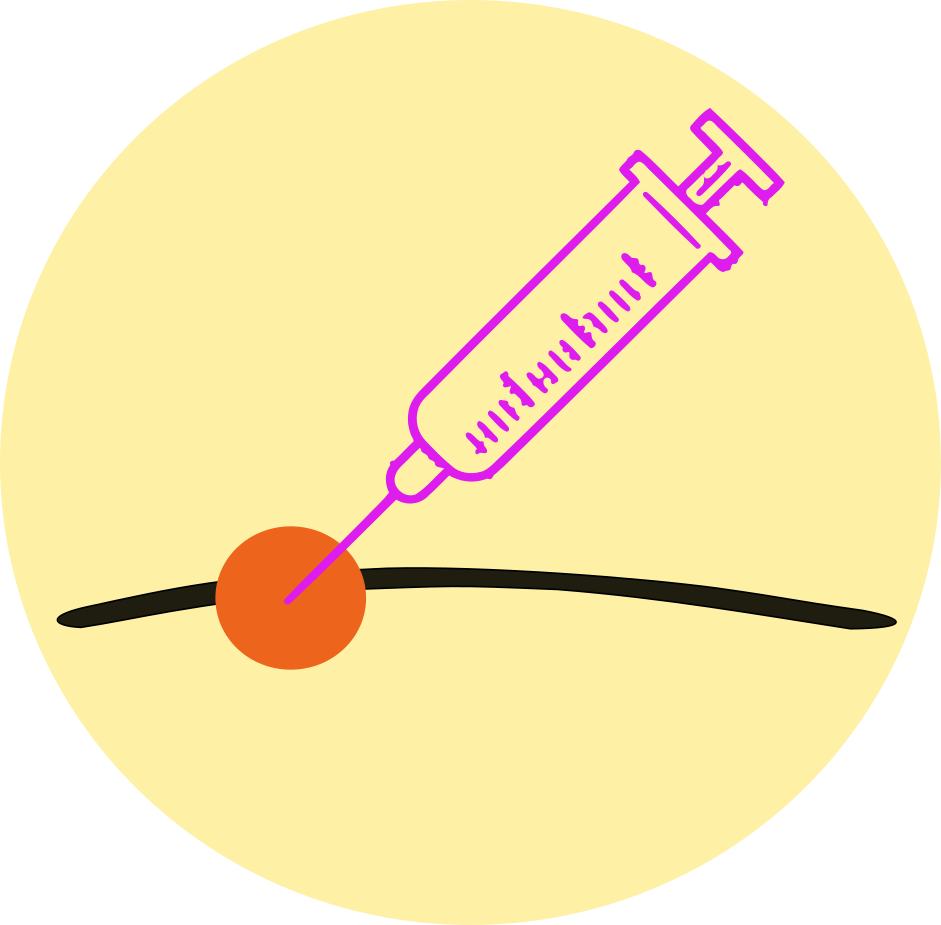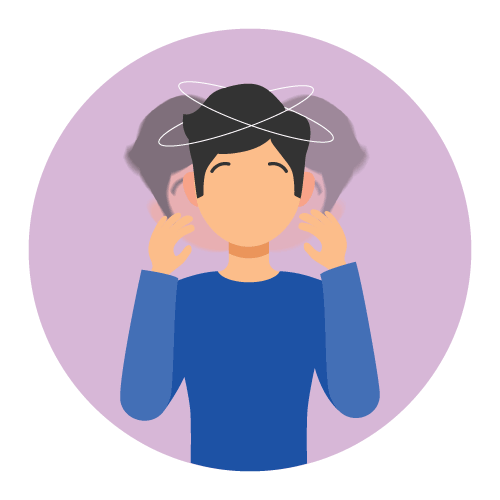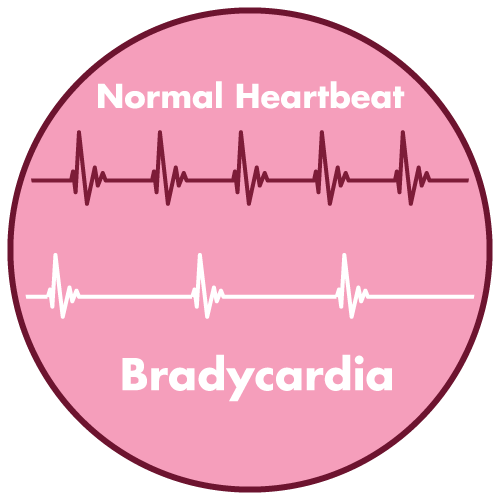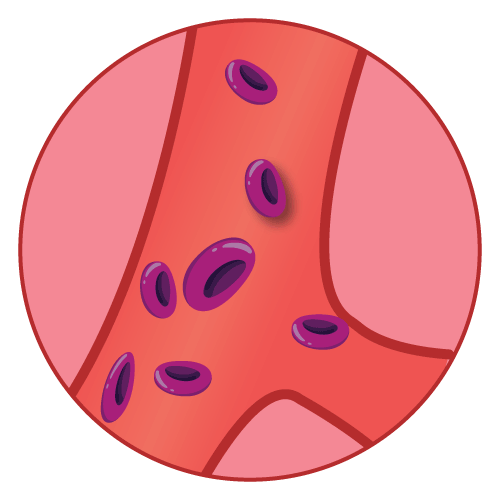| Name | Prilocaine |
| Classes |
Dermatological/Topical Agent Anesthetic Local Anesthetic |
| Diseases |
Anesthesia Blood Sampling Catheter Insertion Leg Ulcer |
Prilocaine
Prilocaine is a local anesthetic of the amide type. Prilocaine diffuses into nerve cells, where it binds to sodium channels, preventing them from opening and blocking sodium ion influx. Nerve cells that are unable to allow sodium into their cells are unable to depolarize and conduct nerve impulses.
Prilocaine is indicated in adults and children aged above 6 months as a local anesthetic for use in infiltration anesthesia and nerve blocks.
- The dose is adjusted based on the patient's response and the site of administration.
- The smallest concentration and dose producing the desired effect should be used.
- Prilocaine's maximum dose for healthy adults should not exceed 400 mg.
Prilocaine may cause the following side effects-
- Paresthesia/ tingling sensation
- dizziness
- Bradycardia
- Hypotension
- Hypertension
- Nausea
- Vomiting
Only clinicians who are well versed in the diagnosis and management of dose-related toxicity and other acute emergencies that may arise from the block to be used should use local anesthetics, and only after ensuring the immediate availability of oxygen, other resuscitative drugs, cardiopulmonary resuscitation equipment, and the personnel resources needed for proper management of toxic reactions and related emergencies (see also adverse reactions and precautions). Delays in treating dose-related toxicity, underventilation from any cause, and/or altered sensitivity may result in acidosis, cardiac arrest, and, possibly, death.
- Prilocaine, like other local anesthetic solutions containing a vasoconstrictor, can cause methemoglobinemia, particularly in conjunction with methemoglobin-inducing agents.
- It is essential that aspiration for blood or cerebrospinal fluid (where applicable) be done prior to injecting any local anesthetic, both the original dose and all subsequent doses, to avoid intravascular injection. However, a negative aspiration does not ensure against an intravascular injection.
- Changes in sensorium, such as excitation, disorientation, drowsiness, may be early indications of a high blood level of the drug and may occur following inadvertent intravascular administration or rapid absorption of Prilocaine.
- Local anesthetic procedures should be used with caution when there is inflammation and/or sepsis in the region of the proposed injection.
- Serious dose-related cardiac arrhythmias may occur if preparations containing a vasoconstrictor such as epinephrine are employed in patients during or following the administration of chloroform, halothane, cyclopropane, trichloroethylene, or other related agents
Contraindication
Contraindicated in patients hypersensitive to lidocaine or other local anesthetics, such as-
None known.
Prilocaine should be avoided in-
 Bangla
Bangla English
English





